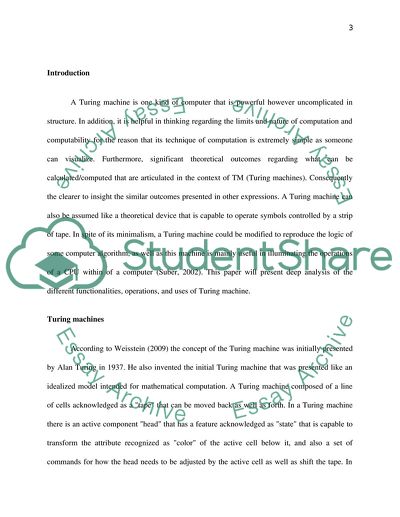Cite this document
(“TURING MACHINE Essay Example | Topics and Well Written Essays - 1500 words”, n.d.)
TURING MACHINE Essay Example | Topics and Well Written Essays - 1500 words. Retrieved from https://studentshare.org/miscellaneous/1561473-turing-machine
TURING MACHINE Essay Example | Topics and Well Written Essays - 1500 words. Retrieved from https://studentshare.org/miscellaneous/1561473-turing-machine
(TURING MACHINE Essay Example | Topics and Well Written Essays - 1500 Words)
TURING MACHINE Essay Example | Topics and Well Written Essays - 1500 Words. https://studentshare.org/miscellaneous/1561473-turing-machine.
TURING MACHINE Essay Example | Topics and Well Written Essays - 1500 Words. https://studentshare.org/miscellaneous/1561473-turing-machine.
“TURING MACHINE Essay Example | Topics and Well Written Essays - 1500 Words”, n.d. https://studentshare.org/miscellaneous/1561473-turing-machine.


